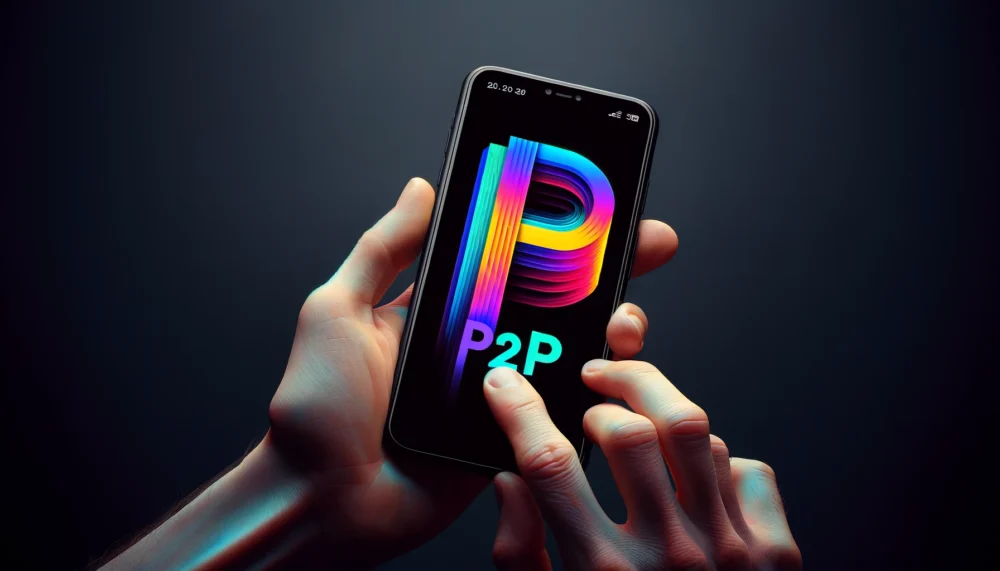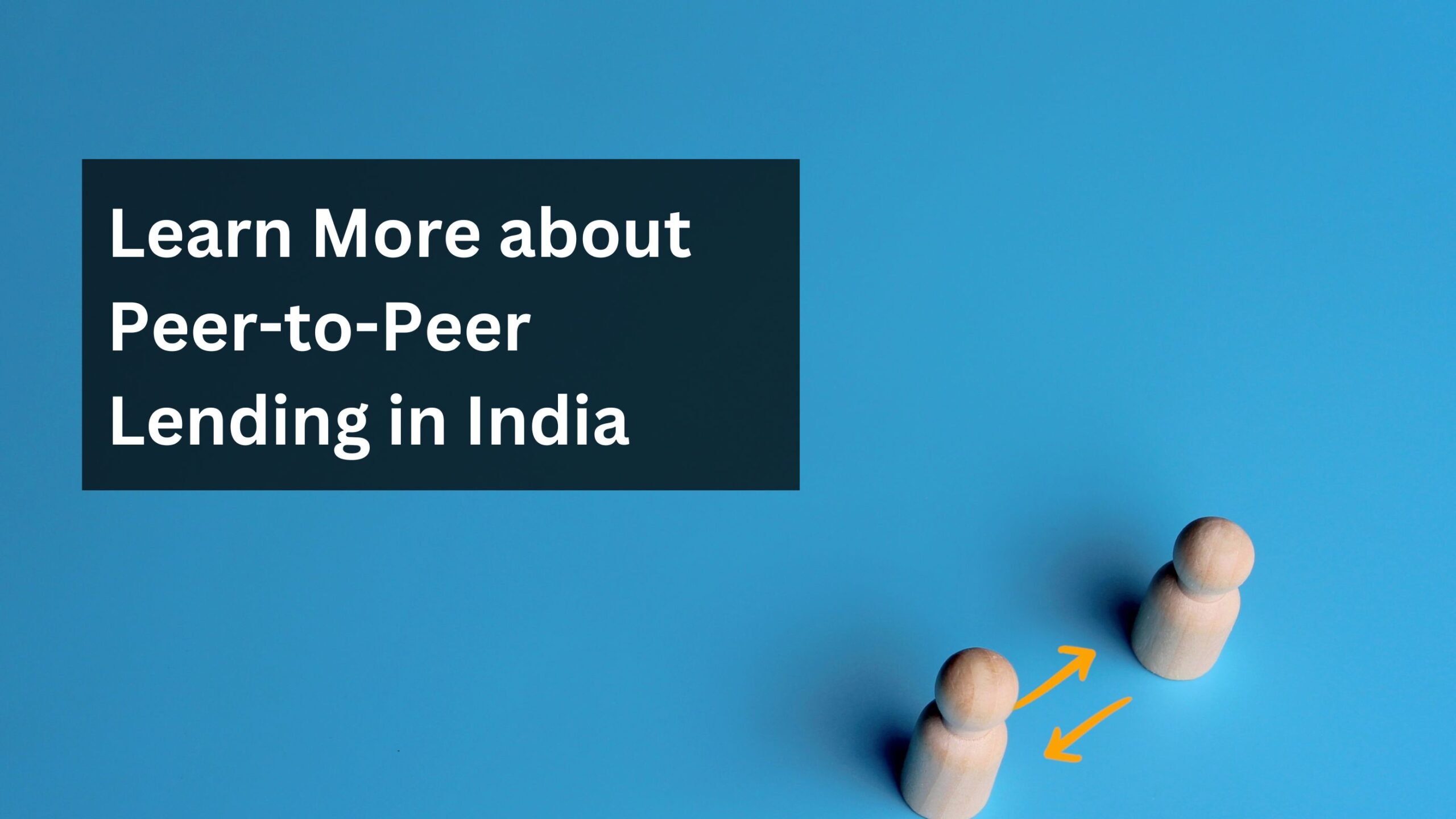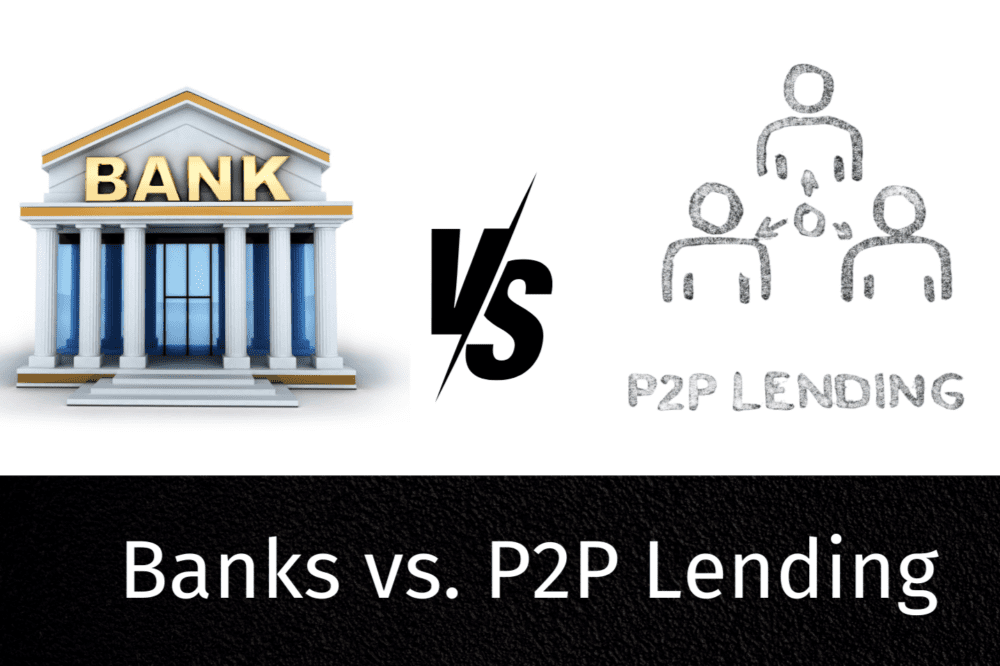Peer-to-peer (P2P) lending is transforming the way individuals access loans and credit. This innovative model provides borrowers with an alternative to traditional financial institutions by connecting them to individual lenders through online platforms.
This blog will examine the emergence of P2P lending and how it allows borrowers to receive unsecured personal loans directly from a pool of interested lenders. We will explore the streamlined application process, expanded access to credit, and other potential benefits of borrowing through a P2P platform versus a bank.
P2P Lending: A Brief Overview
Peer-to-Peer (P2P) lending is a financial model that connects borrowers directly with individual lenders through online platforms. This decentralised approach eliminates the need for traditional intermediaries like banks, creating a direct and transparent lending ecosystem.
Unsecured Personal Loans
Traditional personal loans from banks often require collateral, a lengthy application process, and strict creditworthiness assessments. Borrowers may face hurdles, and approval times can be extended.
P2P loans, on the other hand, provide unsecured personal loans without the need for collateral. Facilitated through online platforms, P2P lending offers a more streamlined, accessible, and borrower-friendly experience.
Why P2P Loans?
One of the primary attractions of P2P loans is their unparalleled accessibility and convenience. The digital nature of P2P lending platforms allows borrowers to apply online, ensuring a quick and efficient process. Borrowers can easily navigate through the application and approval stages from the comfort of their homes.
Credit Evaluation Process
Traditional lenders heavily emphasise creditworthiness, often making it challenging for individuals with average or lower credit scores to secure loans. P2P lending platforms, while still considering creditworthiness, may offer more flexibility in evaluating borrowers.
Credit Score and Salary:
Credit scores and salary are crucial factors in the credit evaluation process. Banks typically have stringent criteria, while P2P platforms may consider a broader range of factors, providing opportunities for a more diverse set of borrowers.
Comparison of Personal Loan Offerings
Traditional banks provide a secure and established route for personal loans but are often associated with longer processing times, rigid eligibility criteria, and potential collateral requirements.
Non-Banking Financial Companies (NBFCs):
NBFCs offer alternatives to traditional banks, often providing quicker approvals and more lenient eligibility criteria. However, interest rates may be higher compared to banks.
Credit Cards:
Credit cards offer revolving credit lines but are associated with higher interest rates for cash withdrawals and purchases. They provide convenience but may not be the most cost-effective solution for large-scale borrowing.
Conclusion:
In conclusion, the world of personal loans has expanded beyond the traditional banking model, with P2P lending emerging as a viable and accessible alternative. P2P loans offer flexibility, quick approvals, and a borrower-friendly approach, making them an attractive option for individuals seeking financial support. By understanding the credit evaluation process and comparing different personal loan offerings, borrowers can make informed decisions, choosing the option that aligns best with their financial goals and preferences. Whether through traditional banks, NBFCs, credit cards, or the innovative realm of P2P lending, individuals now have a range of choices to tailor their borrowing experiences to suit their needs.








